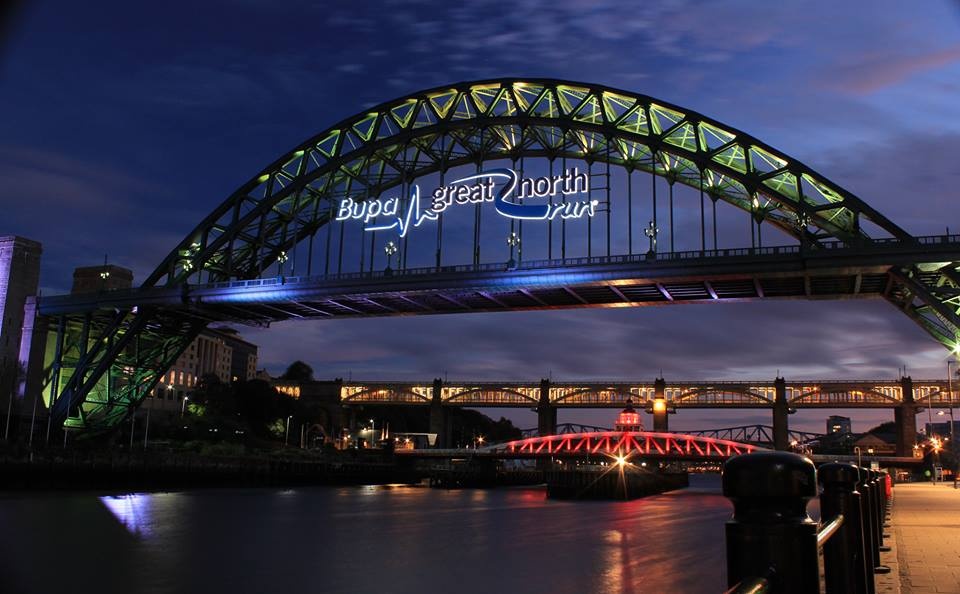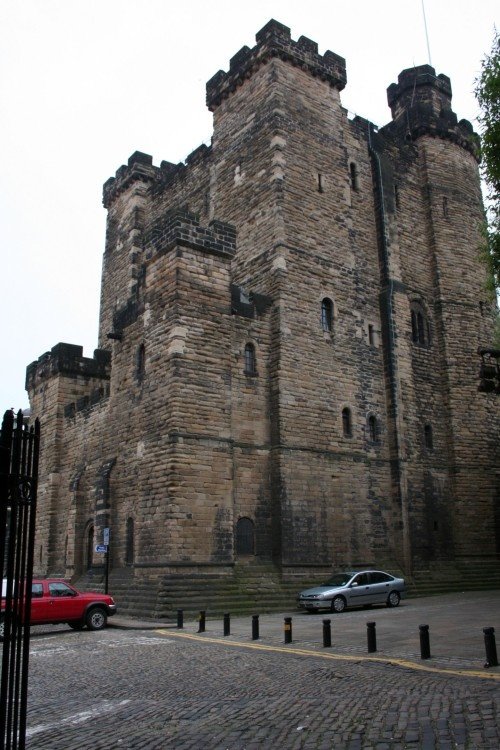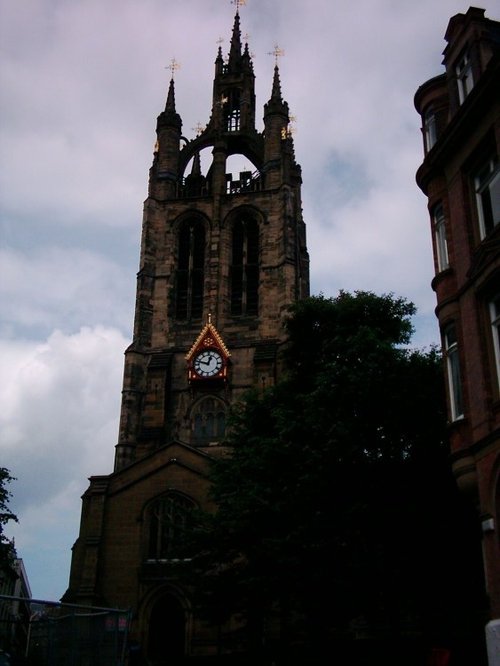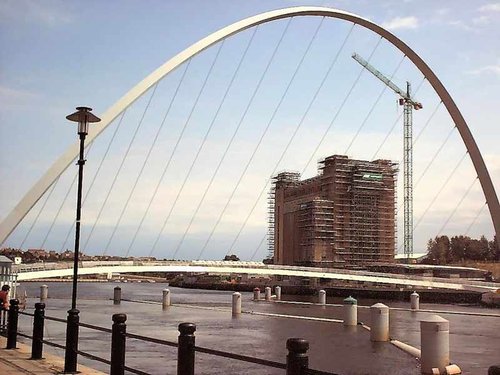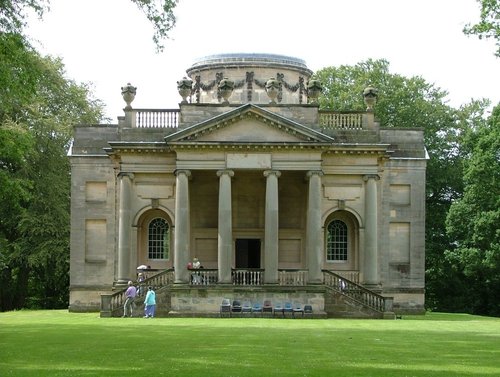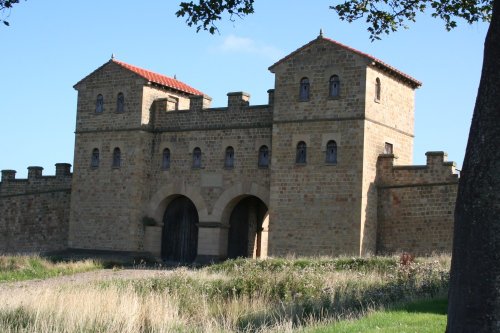Pictures of Newcastle upon Tyne
About Newcastle upon Tyne
This important City was known as Pons Aelii in Roman times; the Romans built the first bridge over the River Tyne, it was guarded by a Roman fort which was replaced by a castle built by Robert, eldest son of William the Conqueror in 1080. It was from this building that the town derives its name. In the 12th-century this castle was replaced by a castle built of stone in 1177. The castle Keep can still be seen, it is believed to be one of the best examples of its kind in the country. The Black Gate and Town walls belong to the 13th and 14th-centuries and, thus we are assured of Newcastle's rich historical past.
The popular conception of Newcastle as a place of coal-fields and mines has continued since Tudor times. In those days, the fact that the Newcastle had chartered control over the Tyne automatically meant all coal from the area was brought to the port, from where it was despatched for home and foreign destinations. It was the coal-fields of the medieval era that first brought prosperity to what was then, naught but a small town.
In the 14th and 15th-century, Newcastle's great cathedral church dedicated to St.Nicholas was built. Initially it was a large, lavish parish church; it has a famous tower with a lantern soaring on a flying buttress. The interior of the church is very beautiful and amongst its treasures there is an ornate pinnacled font cover and a brass lectern, both date from the year 1500. The church has noted sculptures by John Flaxman, E.H.Baily and W.Theed, and many other monuments. Cathedral status was granted to the church in 1882.
From the 17th-century Newcastle began to expand on a rapid scale. New trades were drawn to the city and fresh industries developed. It was at this time the great shipyards of Newcastle sprang up, and the town quickly became known as a centre of industrial excellence, attaining a goodly share of the world market for ships. Stephenson's locomotives where built here and factories opened up to produce armaments and other goods for export around the world.
With rapid industrialisation came the demand for better housing and improvements to the heart of the city. The 'blot on the landscape' image of Newcastle has only ever been a myth. It is and always has been an attractive, spacious city full of gracious classical buildings. This is mainly due to the vision of three men - John Clayton who was town clerk, architect John Dobson, and a builder Richard Grainger. During the 15 years from 1825 to 1840, between them these men built one of the finest town centres in England. Many of these elegant buildings remain to this day, and indeed their lustre has been added to by a new breed of sympathetic town planners. These talented men and women have been responsible for such noted buildings as the Civic Centre, Newcastle University Campus, and numerous other delightful projects scattered around the City. One of the great features of the new centre is the variety of greenery, something not thought about in the development of the 19th-century.
The origins of the University go back to the 19th-century, when a School of Medical Science was opened in 1834. This was followed by what is now the core of the new campus, Armstrong House in 1871. The continued growth and expansion of the University has assured its place as one of England's foremost seats of learning and culture, which adds an exciting, vibrant youthful atmosphere to a City whose past and present achievements have made it a beacon for excellence.
A rainbow of flashing steel flies above the River Tyne, it is a bridge built to carry a multitude of traffic to the City-centre. From this massive suspension bridge there are great City views, it is in sharp contrast with the swing bridge built decades before, the mechanism of this bridge turns on a central pivot, causing the bridge to open-up to allow river traffic to ply the waters of the Tyne. Newcastle has several other bridges, one being the worlds first road and railway bridge, it was designed and built by Robert Stephenson.
This is a city that sits comfortably with itself and welcomes travellers from all around the world. Visitors come to see the City's famous sights, to shop in the most elegant and modern surroundings, to enjoy restaurants, theatres and unrivalled night-life, and they certainly come in droves to see Newcastle United play football. Cafe's and Bistro's are brim full with Newcastle's youthful multi-cultural society who by day visit museums and art galleries to experience for them selves the legacy of endeavour left by the Romans, the Normans and the inspired men and women who have trod the stairway of 2,000 years of history to make Newcastle one of Europe's most interesting and exciting tourist destinations.
The deserted sandy beaches of the magnificent Northumbrian coast lies to the north of Newcastle, this is a region steeped in legend and folklore, where you can find the beautiful Farne Islands with their rich wildlife habitation. There are picturesque fishing villages with old harbours where at times the pace of life is such that you feel stuck in the enchantment of a by-gone age. There are places to be discovered in the North of England that have fortunately managed to remain unchanged for many long years! Standing stark above the landscape is Hadrian's Wall, where once stood a wooden fortress built to guard the waters of the River Tyne and so gave life to a modern, multi-cultural City of the 21st-century.
